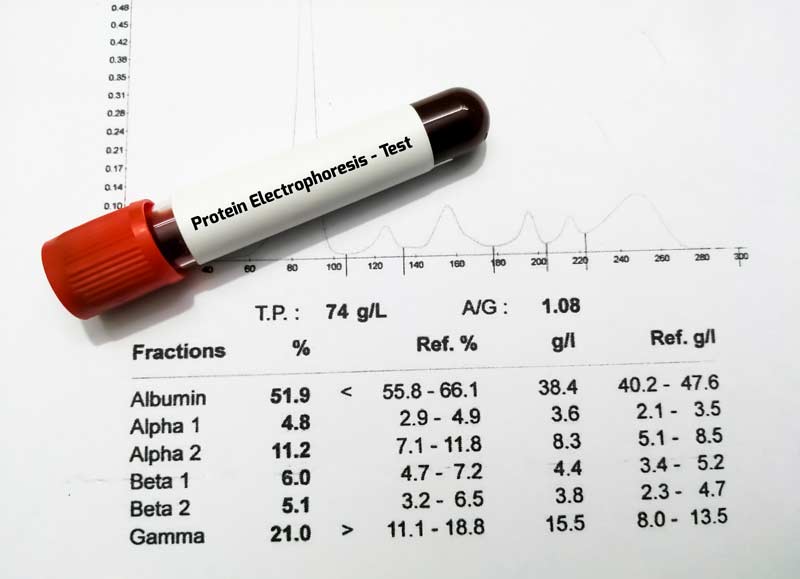ELTS – The EUTOS long-term survival score online calculator

ELTS (The EUTOS long-term survival score) is prognosis of long-term survival in chronic myeloid leukemia (CML) patients: online calculation of the prognostic risk group of the ELTS score. For adult patients diagnosed with chronic myeloid leukemia (CML).
Cm
Inches
10⁹/L
10³/µL
| Patient’s ELTS score | ELTS score range | ELTS risk group |
|---|---|---|
| 0 | 0 | 0 |
The ELTS score is calculated by the formula:
ELTS score = 0.0025 x (age in completed years/10)3 + 0.0615 x spleen size below costal margin + 0.1052 x blasts in peripheral blood + 0.4104 x (platelet count/1000)-0.5
When choosing your values in order to calculate the ELTS score for your patient, please consider the following:
- All variables should be evaluated at diagnosis of the patient.
- Age should be given in completed years. The score was validated for patients above 18 years of age.
- Spleen size should be inserted in cm below costal margin.
- The percentage of blasts in peripheral blood should be rounded to an integer, e.g. 0, 2 or 7.
- The platelet count should be given in 109/L.
The ELTS score is rounded to four decimal places.
- An ELTS score value ≤ 1.5680 defines the low-risk group.
- An ELTS score value > 1.5680 but ≤ 2.2185 defines the intermediate-risk group.
- An ELTS score value > 2.2185 defines the high-risk group.
The EUTOS long-term survival score (ELTS) was developed on the basis of 2,205 adult patients with Philadelphia chromosome-positive and/or BCR-ABL1-positive chronic-phase CML, transcript type b2a2 and/or b3a2, and any form of imatinib-based treatment within six months from diagnosis. All patients had been enrolled in controlled clinical trials (in-study patients) and became part of the in-study section of the European Treatment and Outcome Study (EUTOS) registry.
Using the Fine-Gray model, the influence of potential prognostic factors on the probabilities of dying due to CML was analyzed. Candidate prognostic factors were age, sex, spleen size below costal margin, hemoglobin, white blood cell count, blasts, basophils, eosinophils (all in peripheral blood), and platelet count. All variables were evaluated at diagnosis prior to any CML therapy.
The probability of dying of CML was significantly increased by higher age, a bigger spleen size, a higher percentage of peripheral blasts and low platelet counts. To aid medical decision making, the new score was categorized into three significantly different risk groups. Any pairwise comparison between two of the three risk groups led to statistical and clinically relevant significance when performed in an independent validation sample comprising 1,120 patients.
In the in-study section as well as in the validation sample, the ELTS score provided a superior prognostic discrimination of the probabilities of CML-related death and of overall survival as compared with the Sokal, the Euro or the EUTOS score. About 60 % of the patients were allocated to low-risk group with a very promising long-term outcome when starting treatment with imatinib. This outcome is clinically highly relevant as imatinib-based treatment is the primary choice in many countries and its use will be further boosted by its availability as a generic drug.
As a baseline score, the ELTS score serves the prospective assessment of long-term antileukemic efficacy and overall survival of patients with first-line imatinib therapy. The score supports the selection and development of risk-adjusted treatments, the adjustment of imbalances between treatment groups in clinical trials, and improves outcome comparison of different studies.
A source:
Pfirrmann M, Baccarani M, Saussele S, Guilhot J, Cervantes F, Ossenkoppele G, Hoffmann V S, Castagnetti F, Hasford J, Hehlmann R, Simonsson B. Prognosis of long-term survival considering disease-specific death in patients with chronic myeloid leukemia. Leukemia 2015. Article in press.
Read also:
Register on our website right now to have access to more learning materials!
Baseline Cardiovascular Risk Assessment in Cancer Patients Scheduled to Receive Cardiotoxic Cancer Therapies (Anthracycline Chemotherapy) – Online Calculator
Baseline cardiovascular risk assessment in cancer patients scheduled to receive cardiotoxic cancer therapies (Anthracycline Chemotherapy)…
National Institutes of Health Stroke Scale (NIHSS) – Online calculator
The National Institutes of Health Stroke Scale (NIHSS) is a scale designed to assess the…
Charlson Comorbidity Index (CCI) Online Calculator
Charlson Comorbidity Index predicts 10-year survival in patients with multiple comorbidities.
Multiple Myeloma Diagnostic Criteria – Online Calculator
Revised Multiple Myeloma International Staging System (R-ISS) Online Calculator
Revised Multiple Myeloma International Staging System (R-ISS) – prognostication tool for myeloma patients based on…
Multiple Myeloma International Staging System (ISS) Online Calculator
Multiple Myeloma International Staging System (ISS) prognosticates the severity of multiple myeloma based on routinely…











